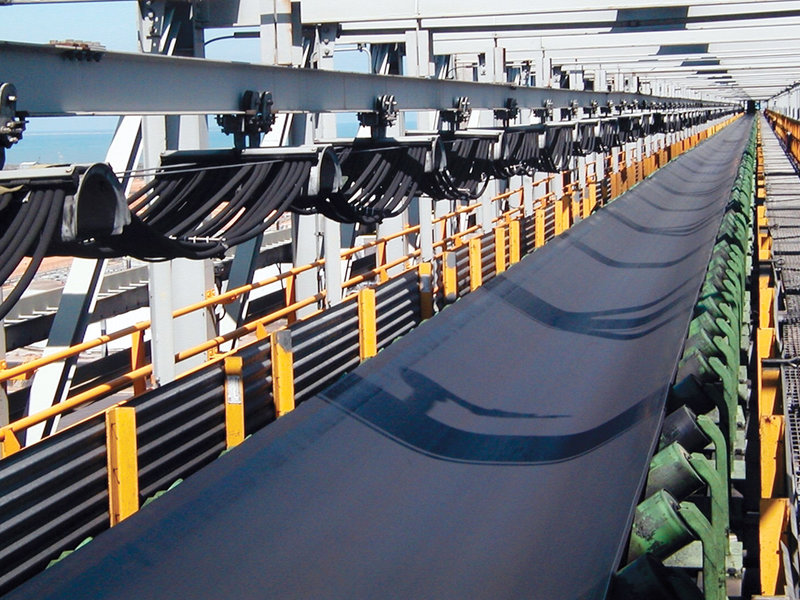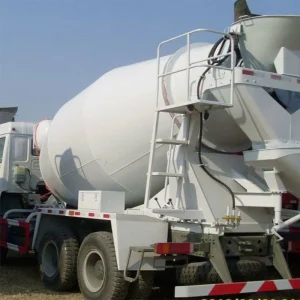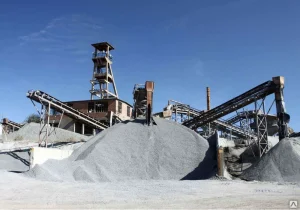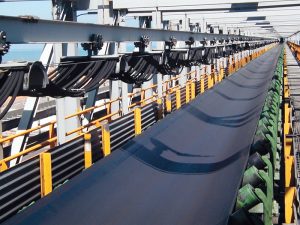Efficient logistics are crucial for the timely and reliable delivery of fly ash, a vital component in modern construction. Optimizing fly ash transportation ensures that construction projects proceed smoothly, reducing delays and costs while maintaining high-quality standards. This blog explores key strategies and best practices for enhancing the efficiency of fly ash logistics, benefiting both suppliers and construction firms.
1. Understanding Fly Ash and Its Importance
Fly ash is a byproduct of coal combustion in power plants, widely used as a supplementary material in concrete production. It improves the strength and durability of concrete, reduces permeability, and enhances sustainability by recycling industrial waste. Reliable delivery of fly ash is essential for maintaining construction schedules and ensuring the quality of building materials.
Key Benefits of Fly Ash:
- Enhanced Concrete Strength: Improves the structural integrity of concrete.
- Sustainability: Reduces the environmental impact by recycling waste materials.
- Cost-Effective: Lowers the overall cost of concrete production.
- Improved Workability: Enhances the ease of mixing and placing concrete.
2. Challenges in Fly Ash Logistics
Transporting fly ash presents unique challenges that require specialized logistics solutions:
- Bulk Handling: Fly ash is typically transported in large quantities, necessitating efficient bulk handling systems.
- Dust Control: Preventing fly ash dust from contaminating the environment and ensuring worker safety.
- Timely Deliveries: Coordinating deliveries to align with construction schedules to avoid project delays.
- Storage Requirements: Proper storage facilities to maintain the quality and usability of fly ash.
- Regulatory Compliance: Adhering to environmental and safety regulations governing the transportation of industrial materials.
3. Strategies for Optimizing Fly Ash Delivery
Implementing effective logistics strategies can significantly enhance the efficiency of fly ash delivery:
a. Route Optimization
Utilize advanced route planning software to determine the most efficient paths for fly ash transportation. Consider factors such as traffic patterns, road conditions, and delivery schedules to minimize travel time and fuel consumption.
Benefits:
- Reduced Transportation Time: Faster deliveries increase overall efficiency.
- Lower Fuel Costs: Optimized routes save on fuel expenses.
- Minimized Carbon Footprint: Fewer miles traveled contribute to environmental sustainability.
b. Real-Time Tracking and Monitoring
Incorporate GPS and telematics systems to monitor fly ash shipments in real-time. This allows for proactive management of deliveries, ensuring that any potential delays are addressed promptly.
Benefits:
- Enhanced Visibility: Track shipments at every stage of the journey.
- Improved Communication: Keep all stakeholders informed about delivery status.
- Increased Accountability: Ensure drivers adhere to planned routes and schedules.
c. Efficient Packaging and Handling
Implement standardized packaging and handling procedures to streamline the loading and unloading processes. Use specialized containers that prevent fly ash spillage and facilitate easy transfer to construction sites.
Benefits:
- Reduced Handling Time: Faster loading and unloading increase overall efficiency.
- Minimized Waste: Prevents loss of material during transportation.
- Improved Safety: Reduces the risk of accidents and exposure to fly ash dust.
d. Inventory Management
Maintain accurate inventory records to ensure that sufficient fly ash is available to meet construction demands. Use inventory management software to track stock levels and predict future requirements based on project timelines.
Benefits:
- Prevents Stockouts: Ensures continuous supply to construction sites.
- Optimizes Storage: Reduces excess inventory and storage costs.
- Enhances Planning: Facilitates better coordination with suppliers and construction teams.
e. Technology Integration
Adopt modern logistics technologies such as automated scheduling, electronic data interchange (EDI), and warehouse management systems (WMS) to streamline operations and improve efficiency.
Benefits:
- Increased Efficiency: Automates routine tasks, freeing up resources for more critical activities.
- Data-Driven Decisions: Leverage analytics to optimize logistics processes.
- Enhanced Coordination: Improve collaboration between suppliers, logistics providers, and construction firms.
f. Collaboration with Partners
Foster strong relationships with suppliers, logistics providers, and construction companies to ensure seamless coordination and communication throughout the supply chain.
Benefits:
- Improved Reliability: Dependable partnerships enhance overall supply chain resilience.
- Shared Expertise: Leverage the strengths and knowledge of all partners for better logistics solutions.
- Enhanced Flexibility: Adapt quickly to changes in demand or unforeseen challenges.
4. Benefits of Optimized Fly Ash Logistics
Optimizing fly ash logistics offers numerous advantages for both suppliers and construction firms:
- Cost Savings: Reduced transportation and handling costs lead to overall project savings.
- Enhanced Project Timelines: Timely deliveries help keep construction projects on schedule.
- Improved Quality: Consistent and reliable fly ash supply ensures high-quality concrete production.
- Sustainability: Efficient logistics contribute to environmental sustainability by minimizing waste and reducing emissions.
- Customer Satisfaction: Reliable delivery services enhance client trust and satisfaction, fostering long-term partnerships.
Conclusion
Optimizing logistics for efficient fly ash delivery is essential for the success of construction projects. By implementing strategies such as route optimization, real-time tracking, efficient packaging, inventory management, technology integration, and strong partnerships, logistics providers can enhance their service quality and reliability. These improvements not only benefit the logistics operations but also support the broader construction industry’s goals of efficiency, sustainability, and high-quality output. Embracing these best practices ensures that fly ash continues to play a pivotal role in modern construction, driving progress and innovation in the industry.




